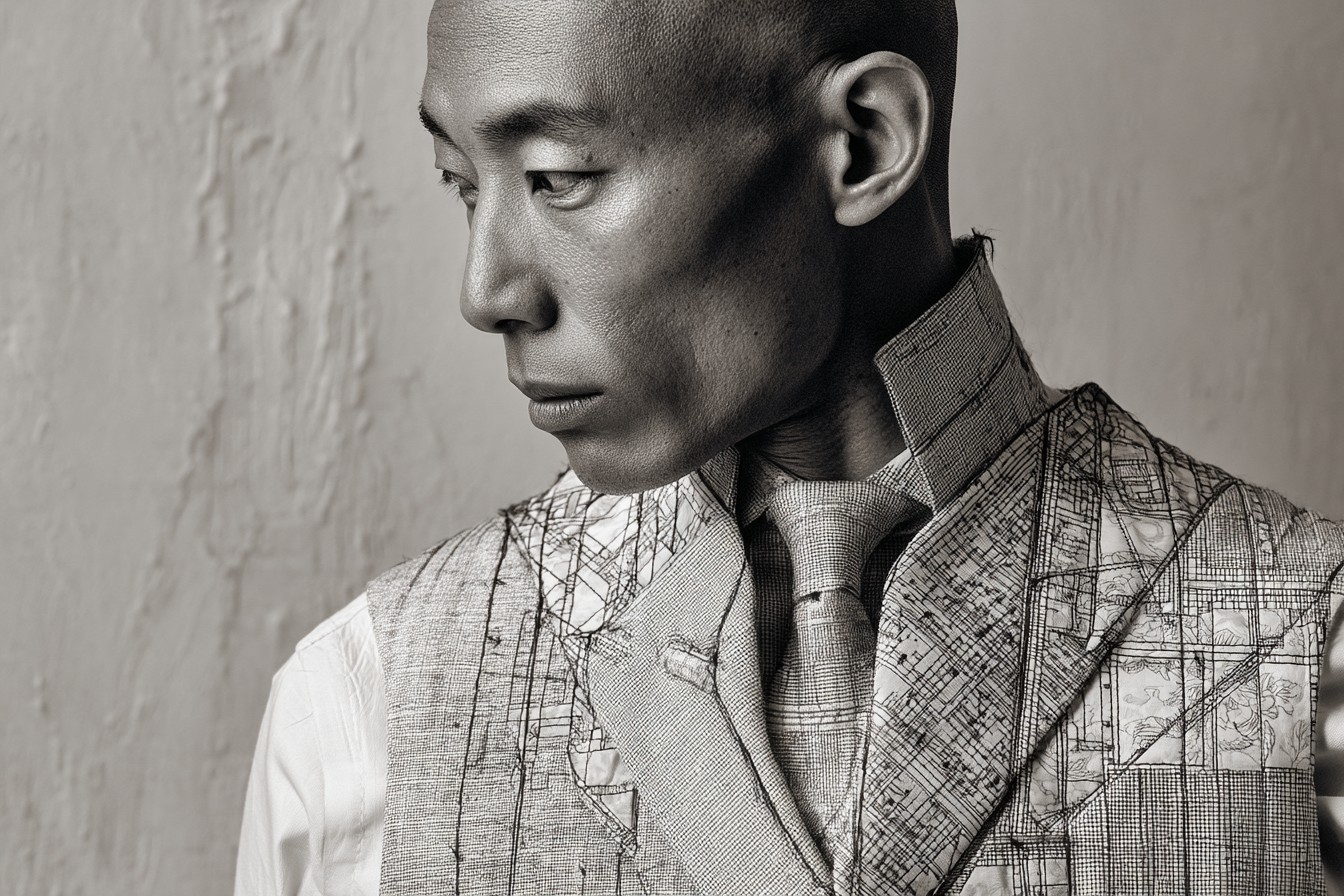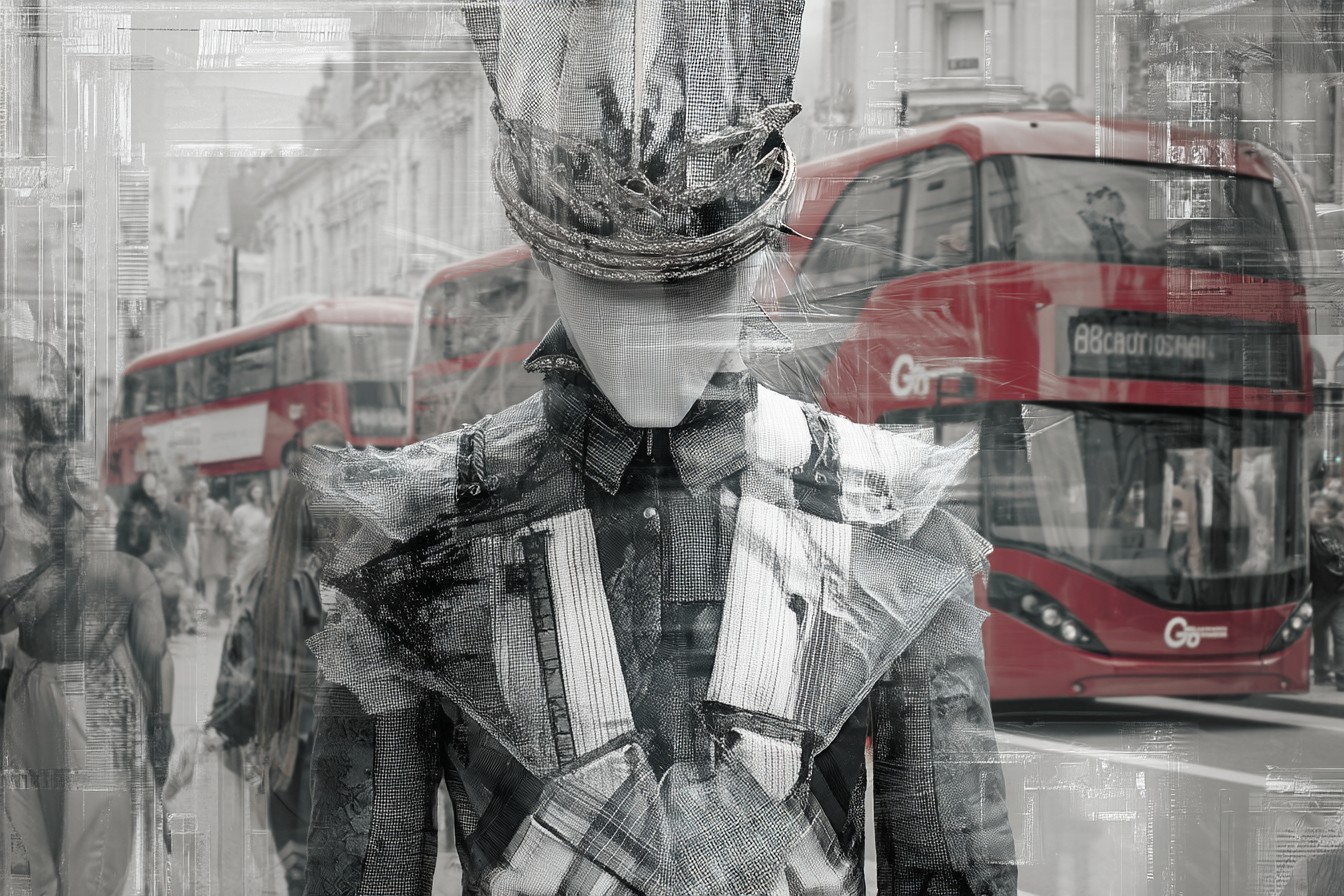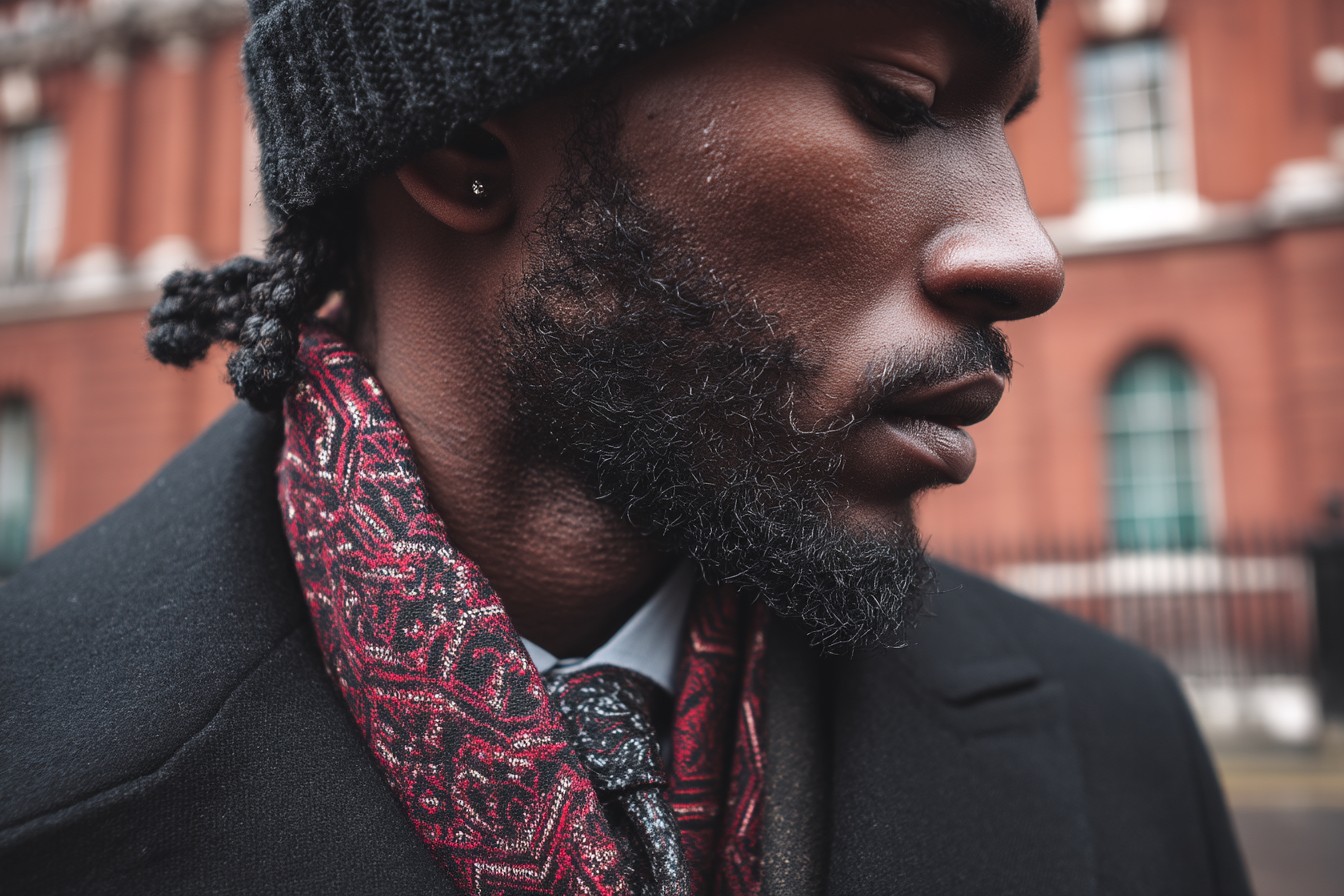I once spent an excruciating evening at a friend’s wedding watching a bloke in an expensive suit fidget miserably throughout the entire reception. The suit was clearly top-drawer—lovely cloth, decent make—but the poor sod couldn’t raise his arms above chest height without the jacket collaring him like an angry bouncer. Every time he tried to have a dance, his trousers rode up to reveal socks that didn’t quite match either his trousers or each other. When I eventually got chatting to him at the bar (where he looked visibly relieved to have an excuse to stop attempting to dance), he told me he’d spent “a bloody fortune” on the suit the week before. “Feels like I’m wearing a straitjacket,” he confessed, tugging uncomfortably at his collar. “But the guy in the shop said this is how a proper suit should fit.”
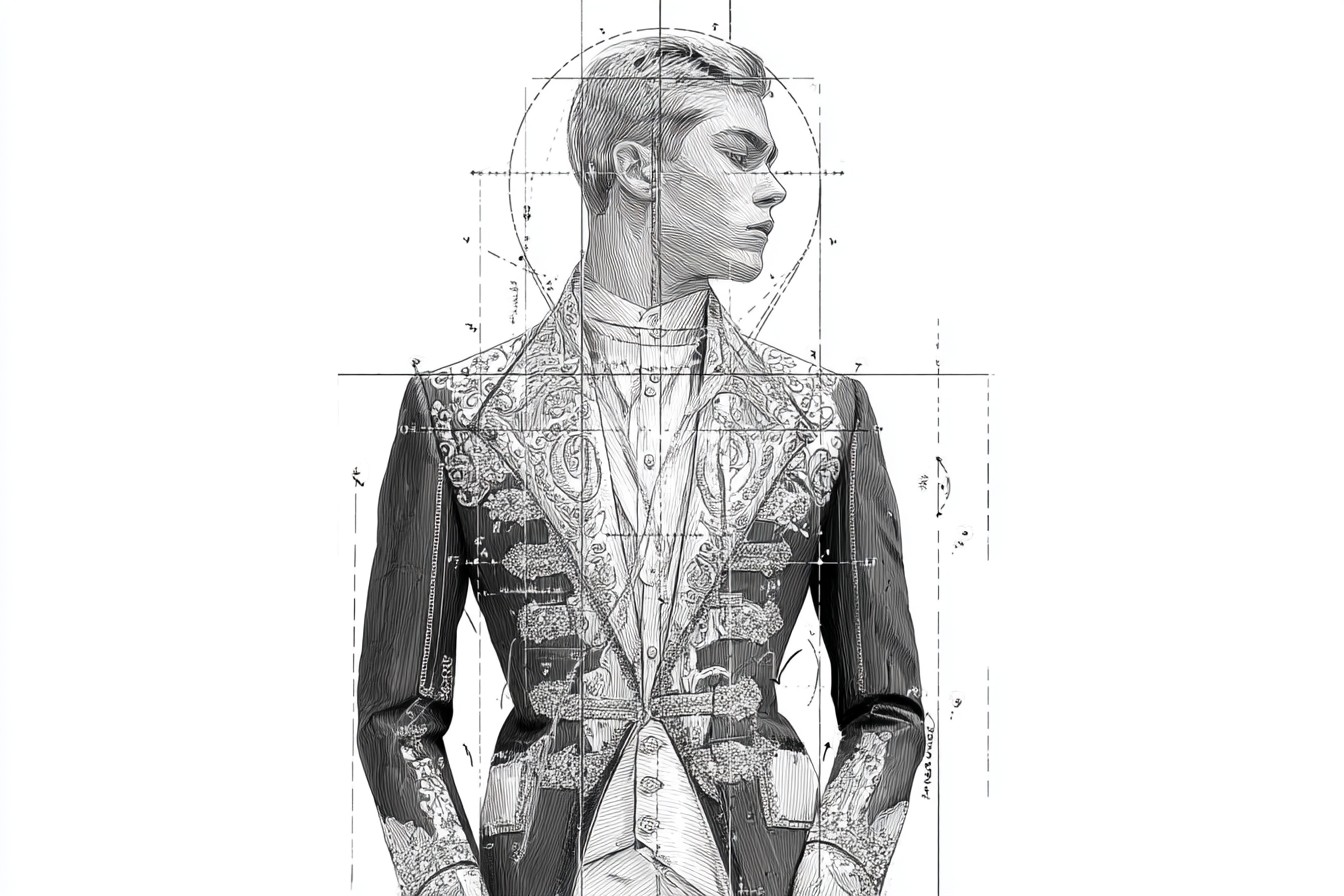
And there, in a nutshell, is what I’ve observed over fifteen years writing about menswear: British men have a complex, often tortured relationship with tailoring. We want to look good in suits, but we’re often guided by outdated rules, misguided shop assistants, or the panic-inducing prospect of a formal event that sends us reaching for whatever’s available in our size two days before the big occasion.
It’s not that British blokes can’t do tailoring—we invented the bloody stuff, after all. But somewhere along the way, we’ve lost the plot a bit. The tailoring mistakes I see aren’t just about budget (though that’s certainly a factor); they’re about fundamental misunderstandings of what tailoring should actually do for you. So let me save you from the most common disasters I’ve witnessed, including plenty I’ve committed myself.
First up is the cardinal sin: incorrect sizing. I can’t tell you how many men I see swimming in jackets that could double as small tents, or squeezed into trousers that suggest they’re being slowly bisected. Years ago, at my first magazine job, I turned up in what I thought was a properly professional suit. My editor took one look and said, “Did you mug a much larger journalist for that?” The jacket shoulders extended a good inch beyond my actual shoulders, making me look like I was wearing shoulder pads. I’d bought it because the shop assistant had assured me this was how a “power suit” should fit. Complete bollocks, obviously, but I didn’t know any better.
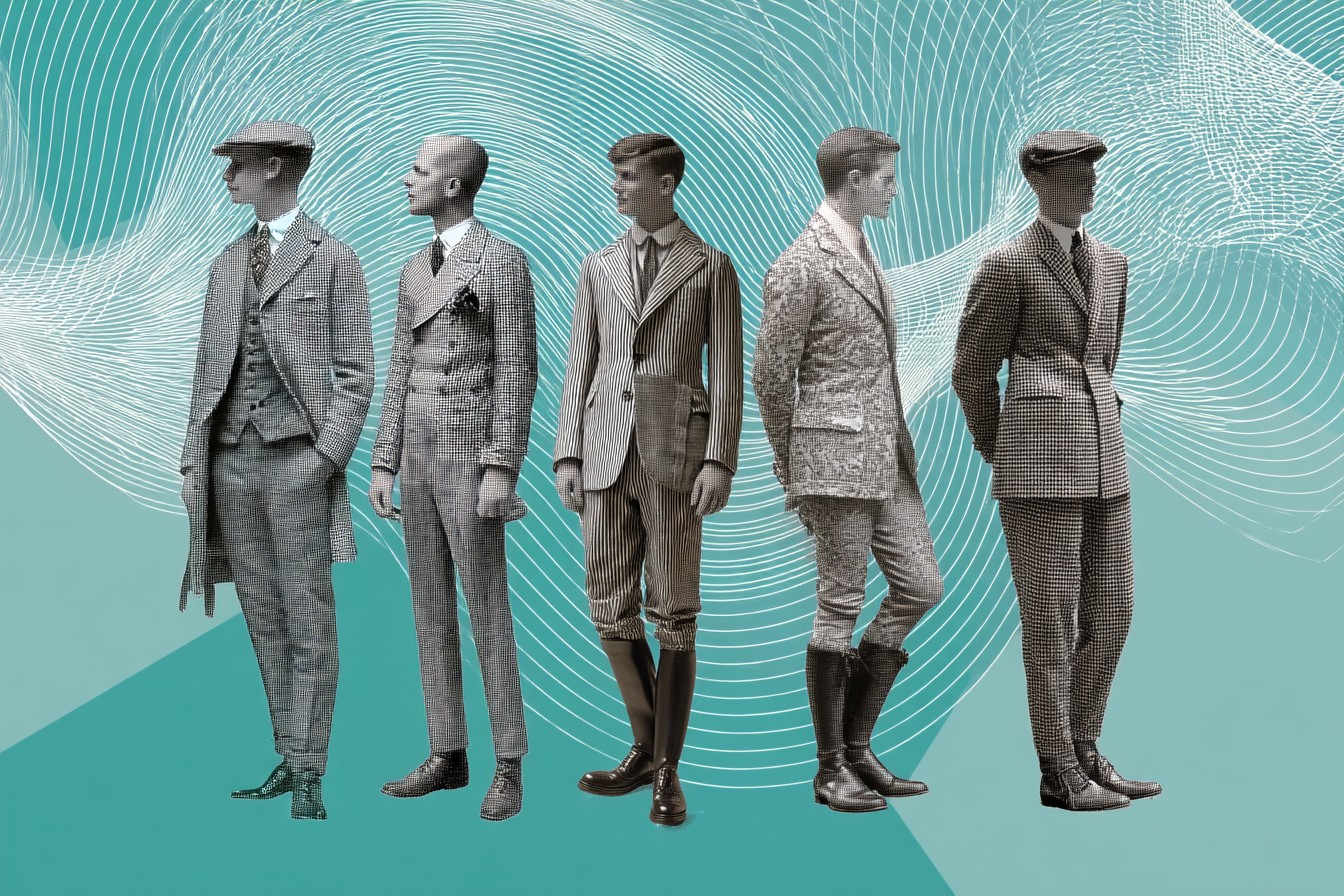
The right size is about proportion, not numbers on a label. Your jacket shoulders should end where your shoulders end—not halfway down your bicep, not cutting into your actual shoulder. The sleeve should show about half an inch of shirt cuff when your arm is straight. Trousers should sit at your natural waist (which for many men is higher than where they usually wear their jeans) and break just slightly on your shoe. Get these fundamentals right, and you’re already ahead of 90% of British men in tailoring.
Next up: the budget misconception. There’s this persistent myth that good tailoring has to cost the earth. Absolute rubbish. I’ve seen £3,000 suits that fit like cheap fancy dress costumes and £300 suits that look magnificent because they’ve been adjusted properly. My colleague Jamie turned up to our Christmas party two years ago in a Marks & Spencer suit that he’d had tailored to fit him correctly, and he looked sharper than guys wearing designer labels. The secret? He’d spent £30 having the trousers and jacket adjusted by a local alterations place.
This is the hidden truth of menswear that not enough British blokes understand: alterations are everything. Almost no suit will fit you perfectly off the rack, regardless of price. Budget for alterations—taking in a waist, adjusting sleeve length, tapering trousers—and suddenly that reasonably priced high street suit can look semi-bespoke. It’s like the difference between buying a house and making it a home; the purchase is just the beginning.
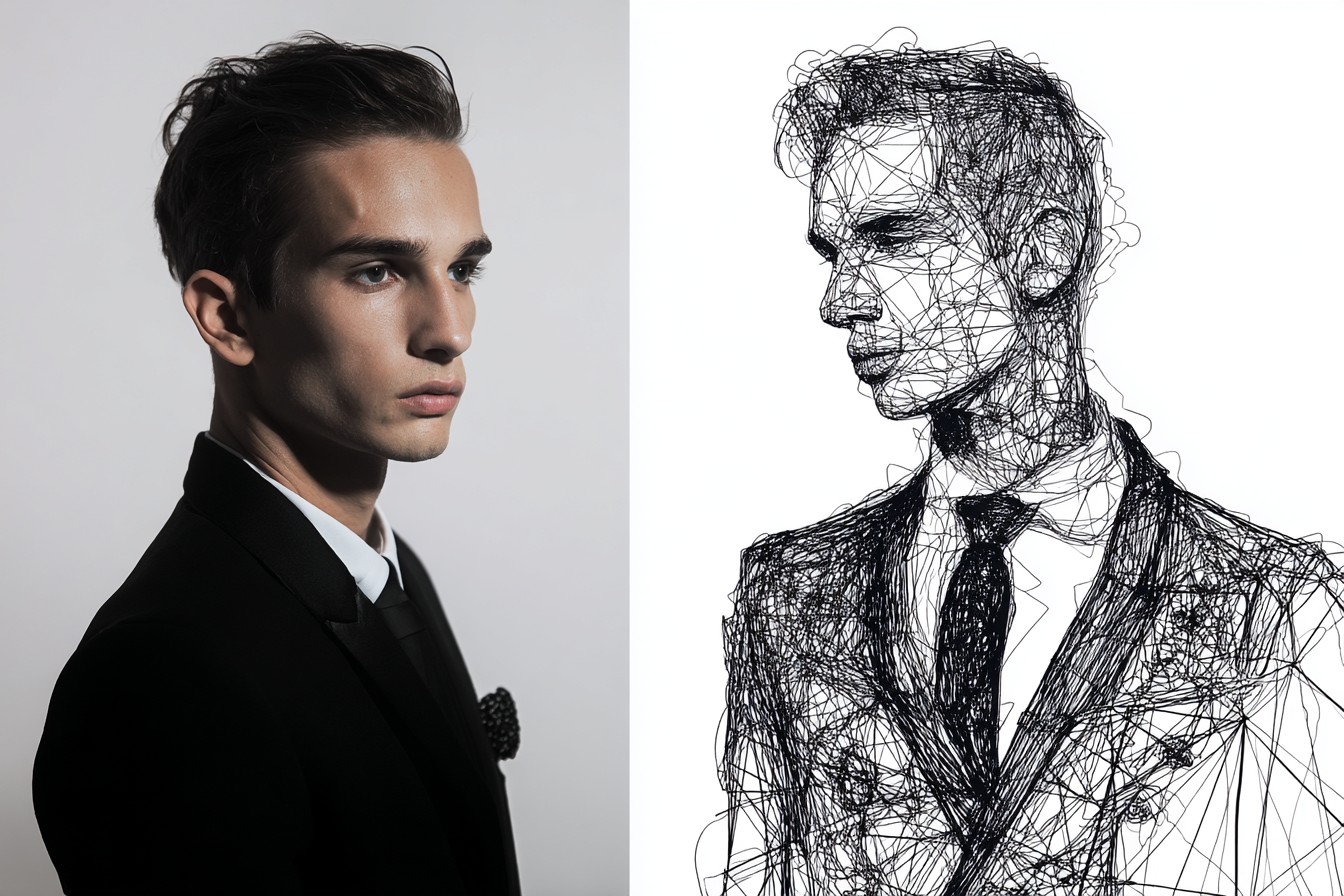
The fabric fixation is another pitfall. I’ve watched countless men bypass perfectly good suits in sensible, versatile fabrics because they’re chasing some notion of what a “luxury” suit should feel like. They end up with super-fine wools that wrinkle if you look at them funny, or flashy linings that nobody but their dry cleaner will ever see. It’s style over substance, and it usually ends in an unwearable wardrobe disaster.
For your first few suits, stick to the classics: a mid-weight wool in navy or charcoal will serve you infinitely better than something more exotic. My most-worn suit is a plain navy number in a fairly robust cloth that I’ve had for nearly seven years. It’s been to weddings, funerals, job interviews, and fancy restaurants. It’s not the most exciting item in my wardrobe, but it might be the most valuable in terms of cost-per-wear.
Then there’s the curse of the mismatched formality, something British men seem particularly prone to. Dark suit with casual tan brogues. Formal shoes with casual suits. The classic shirt that’s slightly too casual for the formal suit, or vice versa. It all speaks to a fundamental confusion about how tailoring is supposed to work as a system. I’ve been there myself—the photo evidence from my cousin’s wedding in 2011 shows me in a decent suit completely undermined by shoes that look like they were borrowed from a provincial estate agent. Not my finest hour.
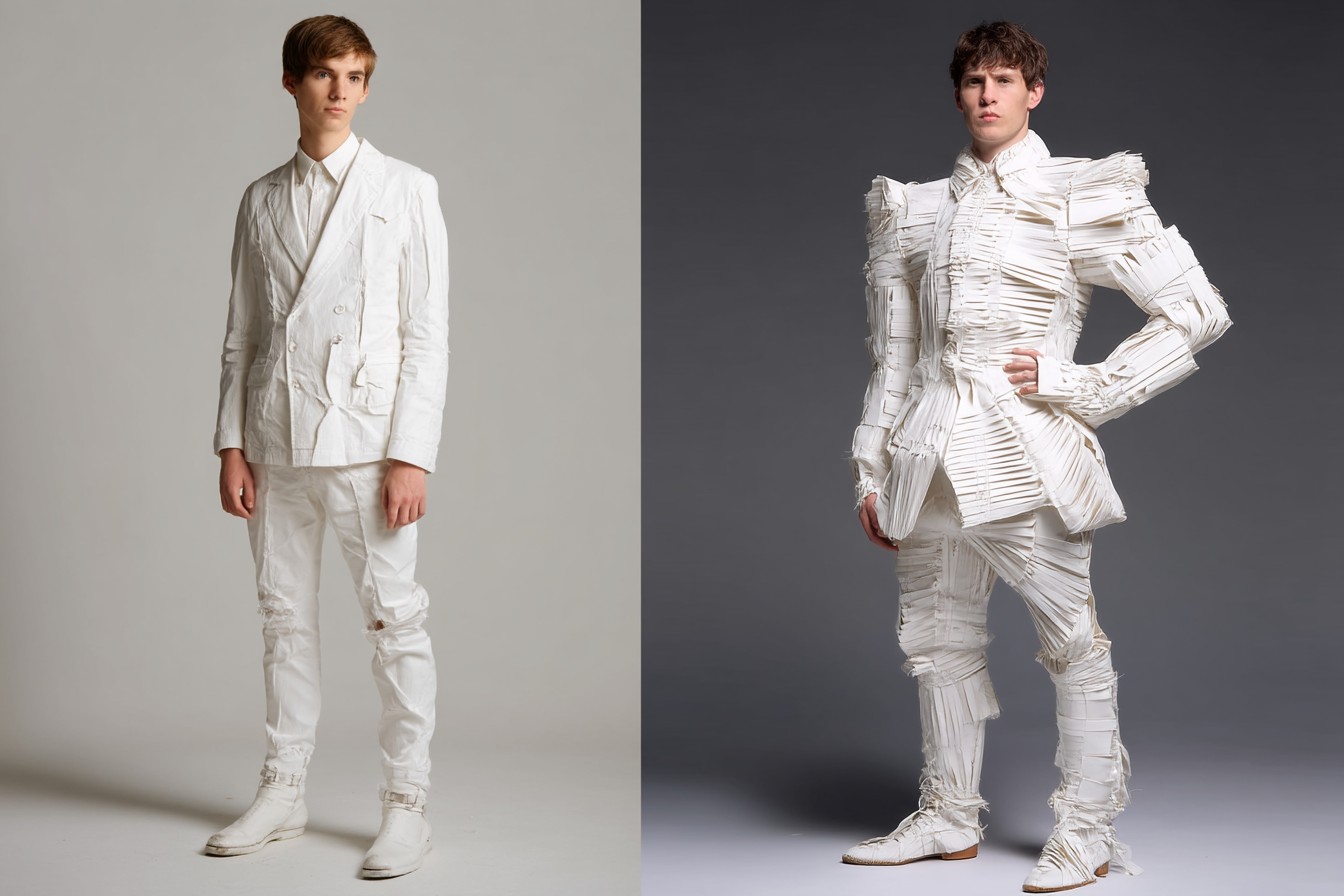
The formality scale isn’t some mysterious code—it’s fairly straightforward once you understand the basics. Darker colors and smoother fabrics are more formal. Lighter colors and more textured fabrics are less formal. Your shoes, shirt, and accessories should broadly align with the formality of your suit. A charcoal worsted wool suit calls for a proper formal shirt and dark oxford shoes. A light grey textured suit can work with a more casual shirt and brown brogues. Simple, right? Yet I see men getting this wrong every day.
Button stance is another subtle but critical error zone. British men seem determined to either button every button on their jacket (wrong) or leave them all undone (also wrong). The basic rule is simple: on a two-button jacket, fasten only the top button. On a three-button, either just the middle or the middle and top, never the bottom. The sometimes-always-never rule (from top to bottom button) is there for a reason—jackets are cut to look best this way. I once watched in horror as a friend went for a job interview with all three buttons of his suit fastened, looking like he’d been vacuum-packed into his jacket. He didn’t get the job. Correlation isn’t causation, but still.
The shirt and tie relationship deserves its own therapy session. The number of men I see with ties that are either comically wide or impossibly skinny for their shirt collar and lapel width is staggering. It’s about proportion, lads. Your tie width should broadly match your lapel width, and both should be in proportion to your build and shirt collar. A skinny bloke in a slim-cut suit with narrow lapels will look daft with a wide tie, just as a broader man looks off-balance in a skinny tie. It’s not rocket science, but it matters enormously to the overall effect.

I had a painful lesson in this myself about eight years ago. I’d invested in what I thought was a very modern, fashion-forward suit with quite narrow lapels. Then I wore it with one of my dad’s vintage ties from the 1970s, which was about as wide as a small motorway. Looking back at the photos, I resembled a child playing dress-up in clothes scavenged from different decades. Learn from my mistakes, please.
Perhaps the most insidious myth is that tailoring has to be uncomfortable. That wedding guest I mentioned at the start had clearly been sold on the idea that if it doesn’t feel like mild torture, it’s not a proper suit. Nonsense. Well-fitted tailoring should feel comfortable. You should be able to raise your arms, sit down, eat a meal, even dance if the unfortunate need arises. If you can’t, something’s wrong with the fit, not with you.
This discomfort fallacy has pushed countless British men away from tailoring altogether. “I hate suits,” they declare, when what they really mean is “I hate uncomfortable, poorly fitted suits that make me feel like I’m being slowly suffocated while simultaneously restricting blood flow to my lower extremities.” Fair enough, mate. I’d hate those too.
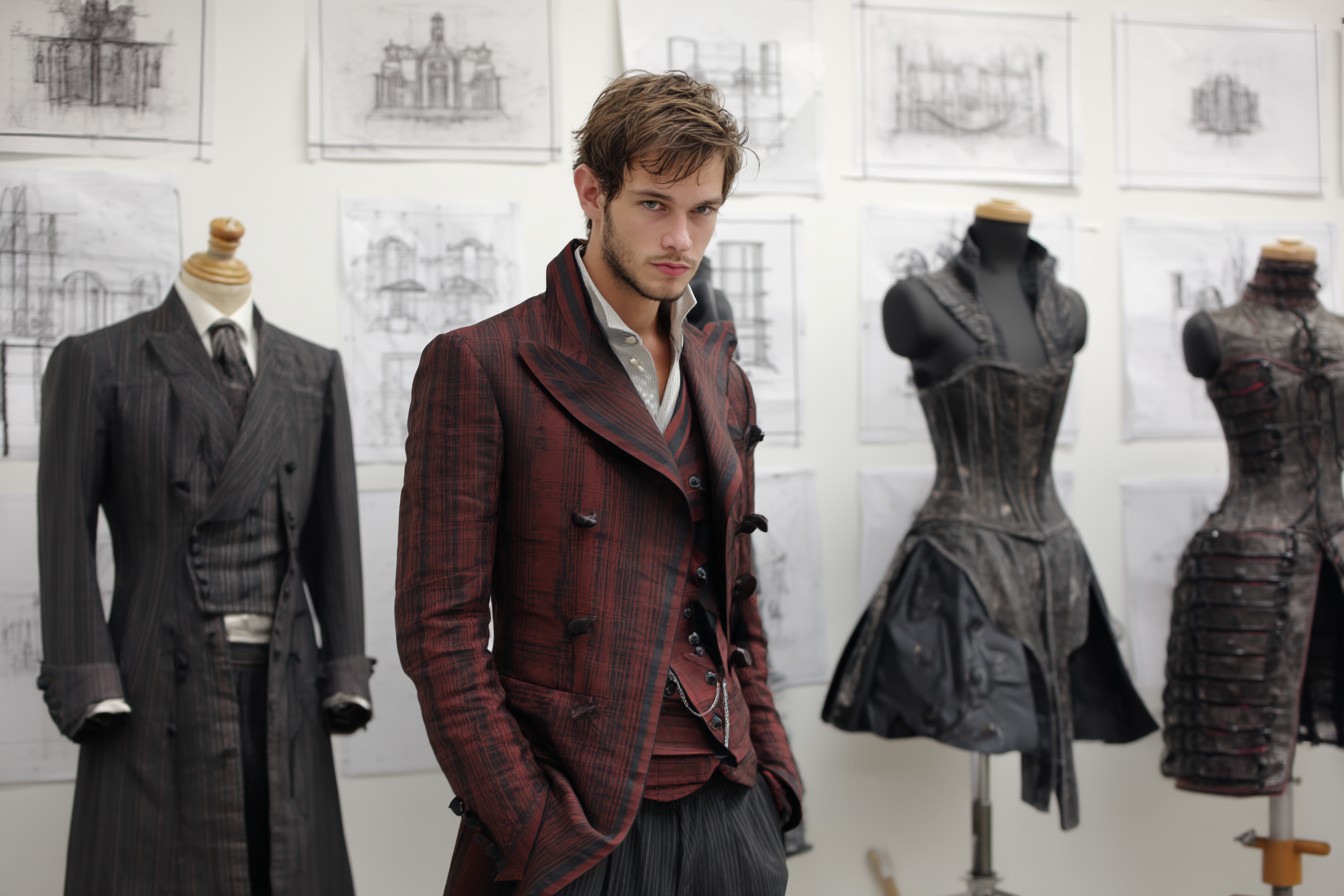
So how do we fix all this? Education, basically. Understanding that tailoring is ultimately about making you look good and feel comfortable, not about adhering to arcane rules or spending three months’ salary. Here’s my practical advice, refined through years of personal disasters and professional observation:
Find a good alterations tailor. Not Savile Row, just someone competent with a needle and thread who can adjust off-the-peg suits to fit you properly. They’re worth their weight in gold.
Buy the best you can reasonably afford, but prioritize fit over brand or fabric fineness. A £300 suit that fits beautifully will always look better than a £3,000 suit that doesn’t.

Understand your body shape and what works for it. Not all cuts suit all builds. I’ve made peace with the fact that very slim-cut Italian suits make me look like a sausage that’s about to burst its casing.
Focus on versatility for your first few suits. Navy or charcoal in a year-round weight will serve you far better than something more fashion-forward that you’ll hate in six months.
Don’t panic-buy for events. That’s how you end up with the wrong size, wrong style, or wrong everything. Plan ahead, even if just by a few weeks.
Learn basic maintenance. Proper hanging, brushing, occasional pressing, and not dry cleaning too often will extend the life of your tailoring enormously.
The final, crucial piece of advice: wear the bloody thing. Tailoring that sits in wardrobes unworn is the saddest sight in menswear. The more you wear good tailoring, the more comfortable you become in it, both physically and psychologically. It stops feeling like costume and starts feeling like clothes.
I was in a pub in Soho last month and spotted a bloke about my age wearing a nicely fitted suit with a casual shirt, no tie. Nothing flashy, but he looked sharp, comfortable, and appropriate. When he caught me looking, he grinned and said, “Job interview earlier. Decided to keep the suit on for drinks—paid enough for the bloody thing, might as well get some use out of it.” That, right there, is the healthy British relationship with tailoring I want to see more of. Practical, unpretentious, but still making the effort.
Because that’s what good tailoring should be—effort that doesn’t look like effort. Not suffering, not showing off, not anxiety-inducing, but simply the easiest way to look put-together that mankind has yet devised. We invented the suit, lads. The least we can do is wear it properly.
